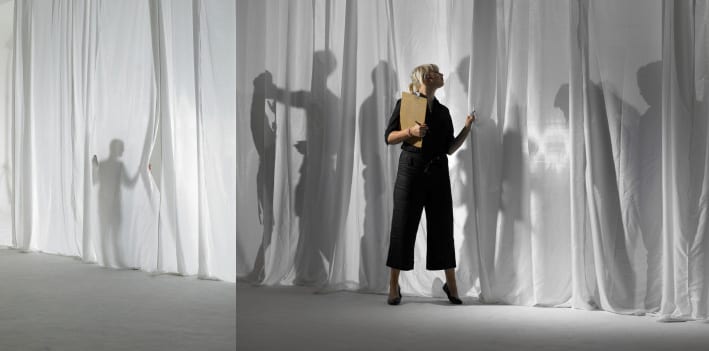
Research conducted in collaboration with WACOM (Krefeld, Germany)
How can we develop a software that enriches users’ experiences by integrating pen-oriented interactions? WACOM interaction guide was developed to support designers and developers to create interactions and user interface of Bamboo Apps that leverage the use of a stylus. The focus of the guide was to help them:
- understand a set of supported pen interactions and the associated usages,
- implement and maintain a cohesive and consistent visual communication for Bamboo Dock and Apps,
- evaluate an App in terms of the quality of user interface and interaction design, and
- promote an end-user to have a strong association with brand awareness.
The guide discusses the brand image of Bamboo and how the Bamboo Dock Apps were conceptualized to be in line with the brand expression of Bamboo: playful and creative. Through a series of demonstrations, it shows the supported pen-interaction types, the differentiated aspects of pen-based input methods, and the general recommendations for designing interactions. In addition, user interface templates were proposed to help designers and developers create Apps that maintain the consistent look. The templates include basic icons and common control components, screen transitions, and animation effects.



